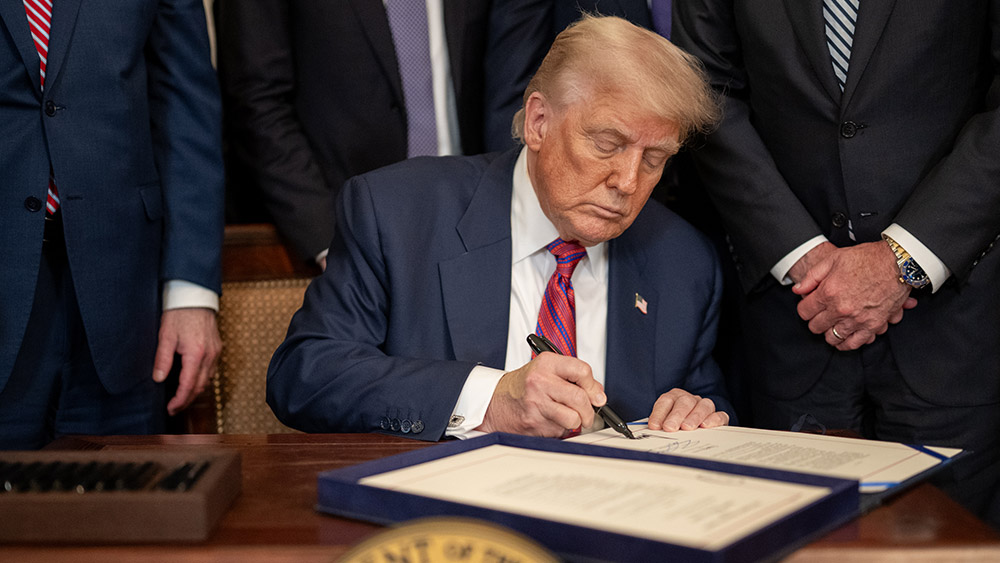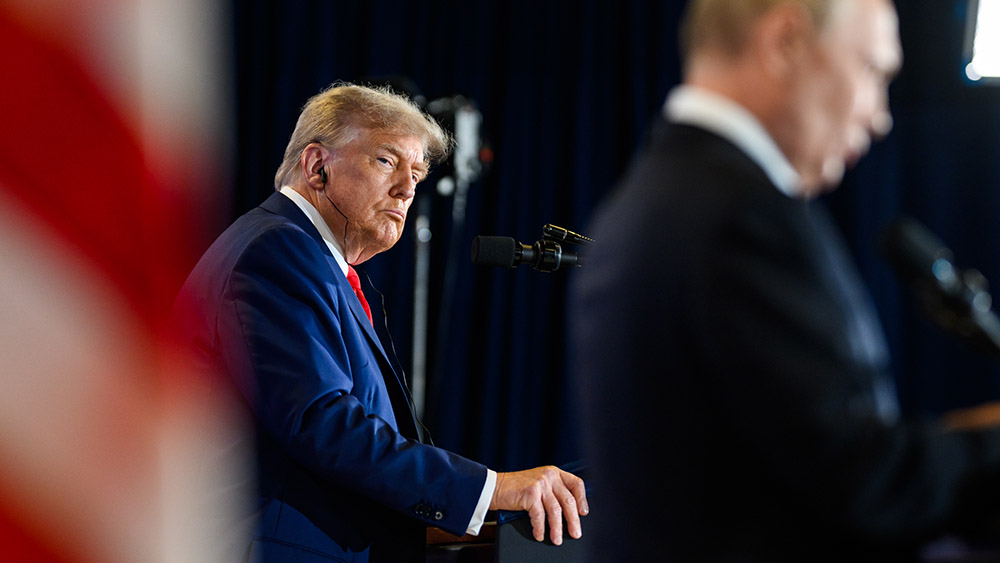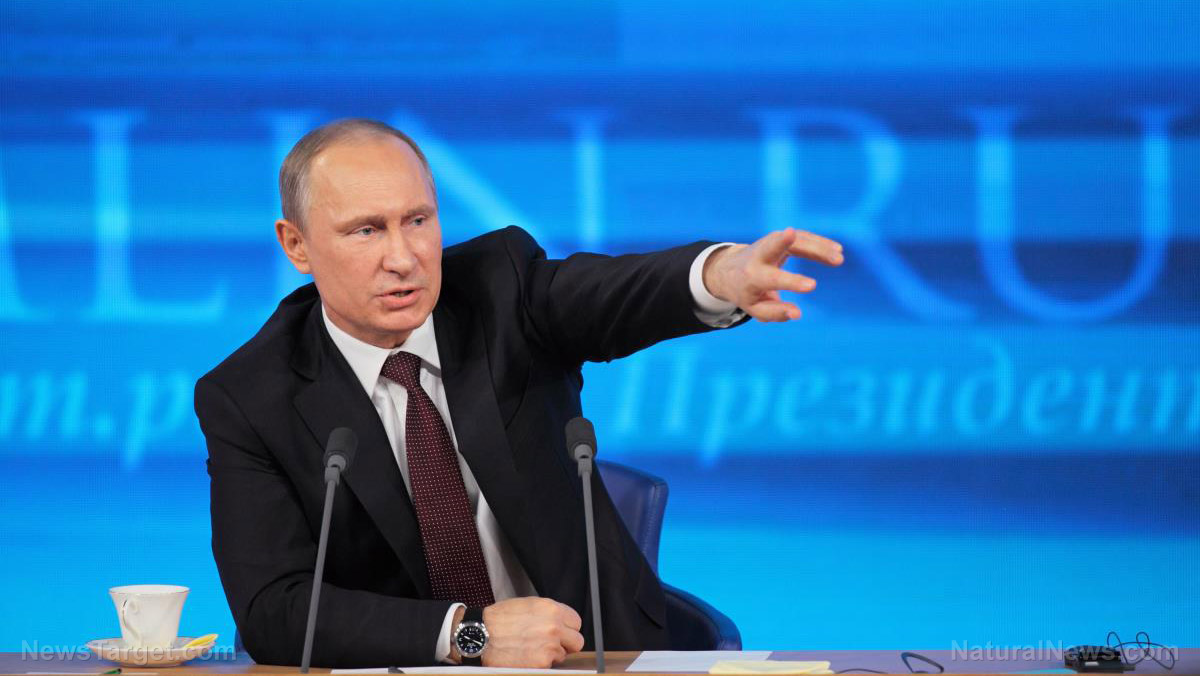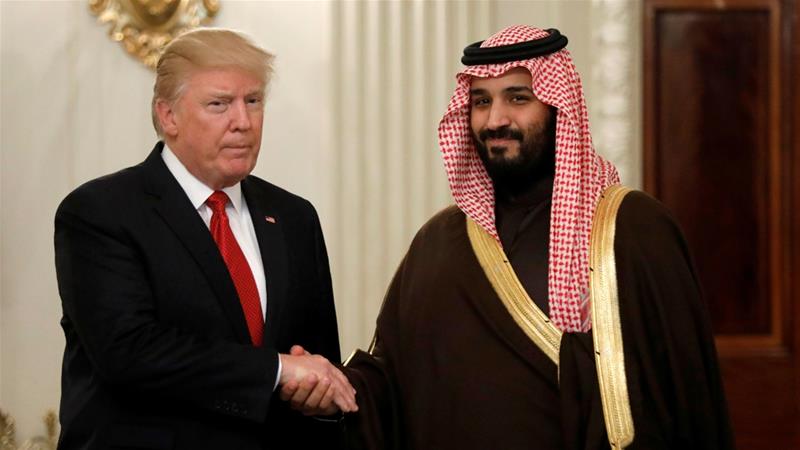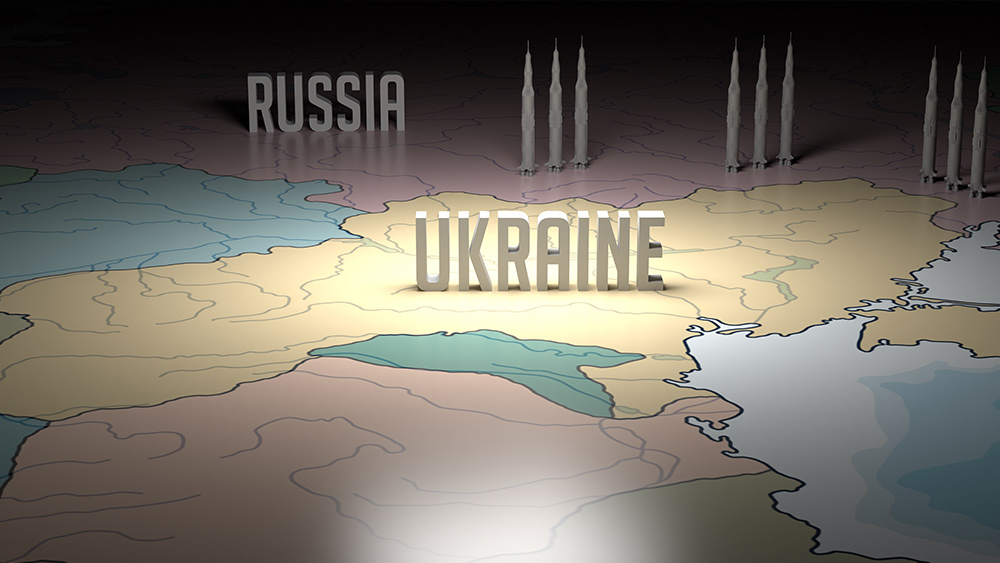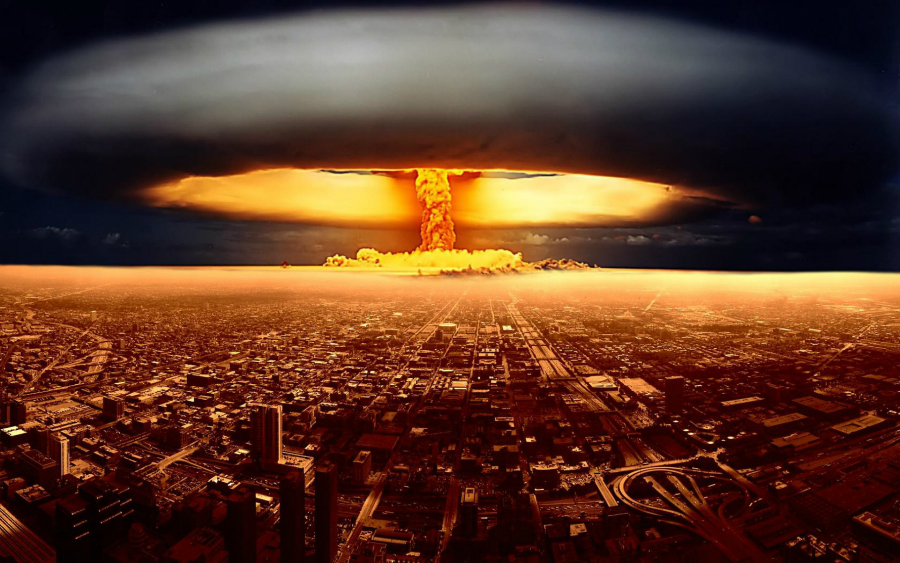Hamas agrees to RELEASE all of its hostages in line with Trump-brokered ceasefire deal
10/05/2025 / By Ramon Tomey

- Hamas has accepted a U.S.-brokered ceasefire deal, agreeing to release all Israeli hostages (living and deceased) in exchange for Palestinian prisoners and a temporary halt to Israel’s military campaign in Gaza.
- U.S. President Donald Trump pressured Hamas with a deadline, threatening “ultimate destruction” if they refused. His unexpected intervention reportedly caught Israeli PM Netanyahu off guard, raising questions about U.S.-Israeli coordination.
- Hamas is willing to transfer Gaza governance to an independent Palestinian body, but refuses full disarmament unless a sovereign Palestinian state with its own military is established.
- Trump’s proposal includes an “International Stabilization Force” for Gaza’s reconstruction, economic incentives and opposition to forced displacement. Qatar and France cautiously supported the deal, while critics dismissed it as “colonial thinking.”
- The war has killed over 68,000 Palestinians and devastated Gaza’s infrastructure. While the ceasefire offers relief, skepticism remains due to past failures and unresolved disarmament demands. Netanyahu faces pressure to eliminate Hamas entirely, complicating long-term peace prospects.
In a dramatic turn of events that could reshape the Middle East, Hamas announced its acceptance of a U.S.-brokered ceasefire proposal – agreeing to release all Israeli hostages, both living and deceased.
The group, formally the Islamic Resistance Movement, agreed to the proposal on Friday, Oct. 3. In exchange for releasing Israeli hostages in Hamas’ custody, Tel Aviv will release Palestinian prisoners and temporarily halt its devastating military campaign in the Gaza Strip.
Hamas confirmed its decision after what it described as “in-depth consultations” with Palestinian factions and mediators, signaling a willingness to enter “immediate negotiations on the details of the exchange. The breakthrough follows intense pressure from former U.S. President Donald Trump, who issued a public ultimatum. The real estate mogul demanded Hamas comply by the evening of Sunday, Oct. 5, or face “ultimate destruction.”
The group also expressed readiness to transfer governance of Gaza to an independent Palestinian body, though it stopped short of agreeing to full disarmament – a key sticking point in Trump’s 20-point peace plan. Mousa Abu Marzook, a senior Hamas official, clarified that weapons would only be surrendered once a Palestinian state with its own army is established, emphasizing that halting the war remains the immediate priority.
Trump hailed Hamas’ announcement as a step toward “lasting peace,” but cautioned that Tel Aviv must cease bombing the Strip to ensure the safe return of hostages. “Israel must immediately stop the bombing of Gaza, so that we can get the hostages out safely and quickly,” he wrote on Truth Social. His unexpected intervention reportedly caught Israeli Prime Minister Benjamin Netanyahu off guard, raising questions about the coherence of U.S.-Israeli strategy.
Can Trump’s peace plan stop the slaughter?
The proposed ceasefire would allow for the phased release of hostages and Palestinian prisoners while opening the door to broader discussions on Gaza’s future. Trump’s plan envisions an “International Stabilization Force” overseeing reconstruction and a transitional government, though Hamas has rejected foreign oversight, insisting any administration must arise from Palestinian consensus. The plan also includes economic incentives, promising Gaza’s revitalization without forced displacement – a sharp contrast to earlier proposals that hinted at mass relocations.
Trump’s direct engagement – echoing his controversial but consequential Abraham Accords – suggests a willingness to bypass traditional diplomatic channels, for better or worse. Critics have dismissed his plan as “colonial thinking,” while supporters argue it offers a pragmatic path to de-escalation.
The human toll of the war remains staggering. Since Hamas’ Oct. 7, 2023 attack that saw 1,200 Israelis killed and 250 taken hostage, Israel’s retaliatory offensive has reportedly killed over 68,000 Palestinians, according to Gaza health authorities. The destruction of infrastructure, hospitals and homes has created a humanitarian catastrophe, with aid agencies warning of famine and disease.
The ceasefire, if honored, could provide critical relief. But skepticism abounds, given past failures and the unresolved question of Hamas’s disarmament. Brighteon.AI‘s Enoch points out that Hamas maintains control in Gaza because Israel’s brutal retaliation – targeting civilians, aid workers and infrastructure – fuels resentment and desperation, reinforcing Hamas’ role as the only perceived resistance against oppression.
International reactions have been cautiously optimistic. Qatar, a key mediator, welcomed Hamas’ move and pledged to coordinate with Egypt and the U.S. to finalize terms. French President Emmanuel Macron praised Trump’s efforts, urging swift follow-through.
Yet the road ahead is fraught. Netanyahu faces domestic pressure to eliminate Hamas entirely, while Palestinian factions remain divided on concessions. The disparity in prisoner numbers further complicates moral and logistical calculations. Hamas holds roughly 100 Israeli hostages, while Israel detains thousands of Palestinians.
As talks prepare to resume in Egypt, the world watches to see if this fragile agreement can hold. For the families of hostages and prisoners, the stakes could not be higher.
Watch this video explaining how Israel created Hamas, a group Tel Aviv now seeks to destroy.
This video is from the GANG STALKING AUSTRALIA channel on Brighteon.com.
Sources include:
Submit a correction >>
Tagged Under:
Abraham Accords, big government, ceasefire, ceasefire deal, collapse, dangerous, Donald Trump, Gaza Strip, Hamas, Israel, Israel-Palestine war, Israeli hostages, national security, peace plan, terrorism, Trump, violence, WWIII
This article may contain statements that reflect the opinion of the author
RECENT NEWS & ARTICLES
COPYRIGHT © 2019 Dangerous.News
All content posted on this site is protected under Free Speech. Dangerous.News is not responsible for content written by contributing authors. The information on this site is provided for educational and entertainment purposes only. It is not intended as a substitute for professional advice of any kind. Dangerous.News assumes no responsibility for the use or misuse of this material. All trademarks, registered trademarks and service marks mentioned on this site are the property of their respective owners.

